Third-party virtualization software like VMware Workstation and VirtualBox may experience conflicts or reduced performance when Hyper-V is enabled in Windows 11. Disabling Hyper-V can resolve these issues and allow your preferred virtualization tools to run smoothly.
Method 1: Disable Hyper-V via Windows Features
Step 1: Press Win + R to open the Run dialog box.
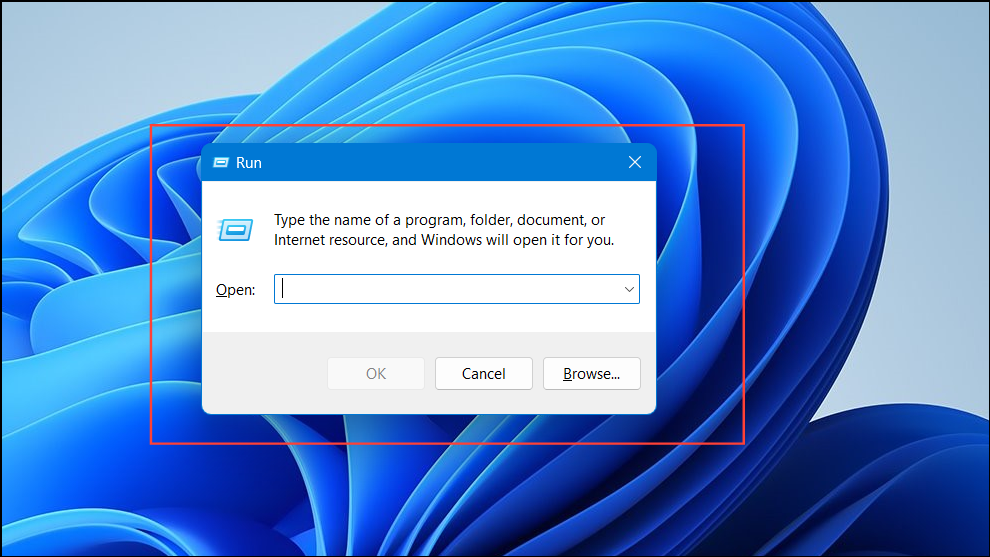
Step 2: Type appwiz.cpl and press Enter to open the Programs and Features window.
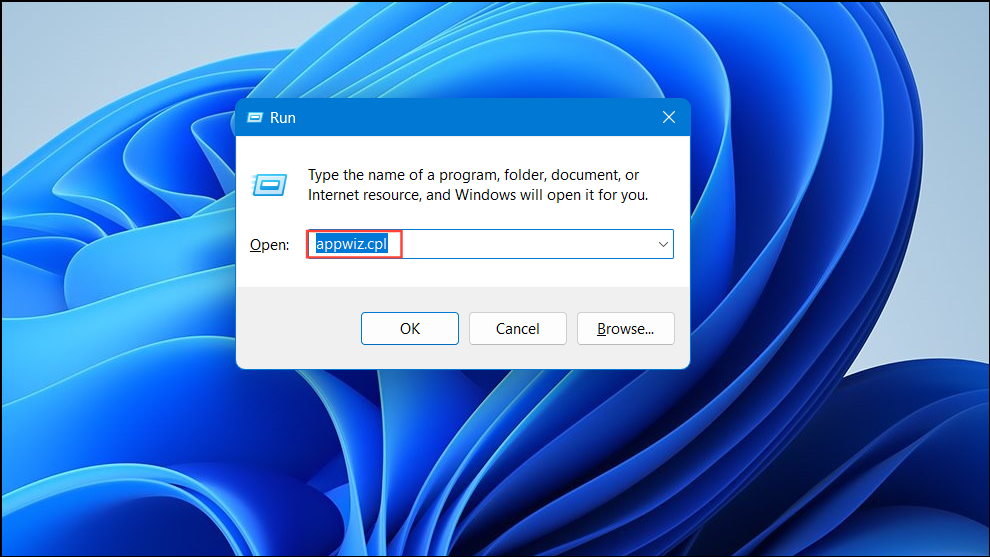
Step 3: In the left pane, click on Turn Windows features on or off.
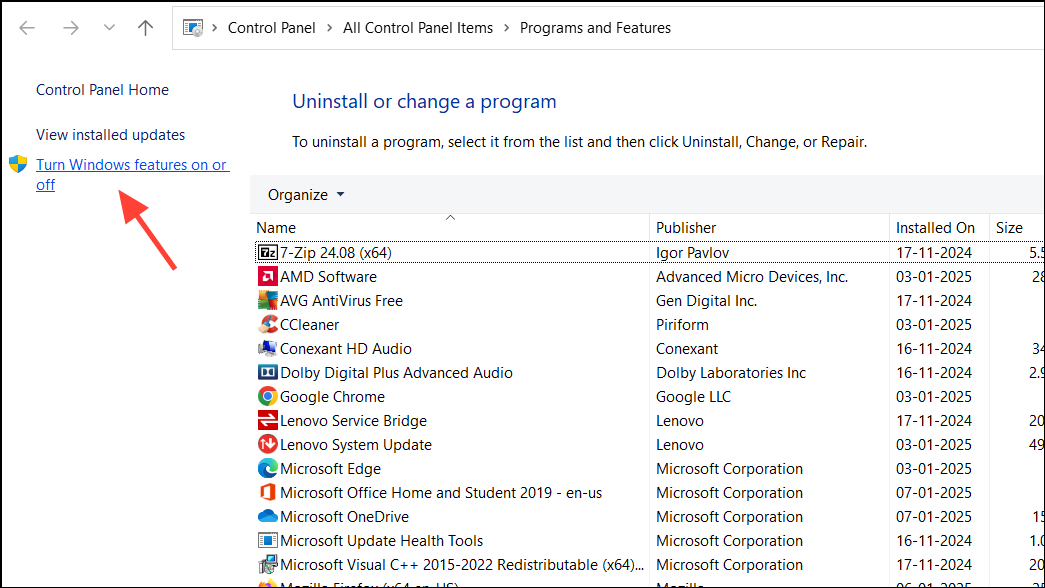
Step 4: In the Windows Features dialog, scroll down and locate Hyper-V.
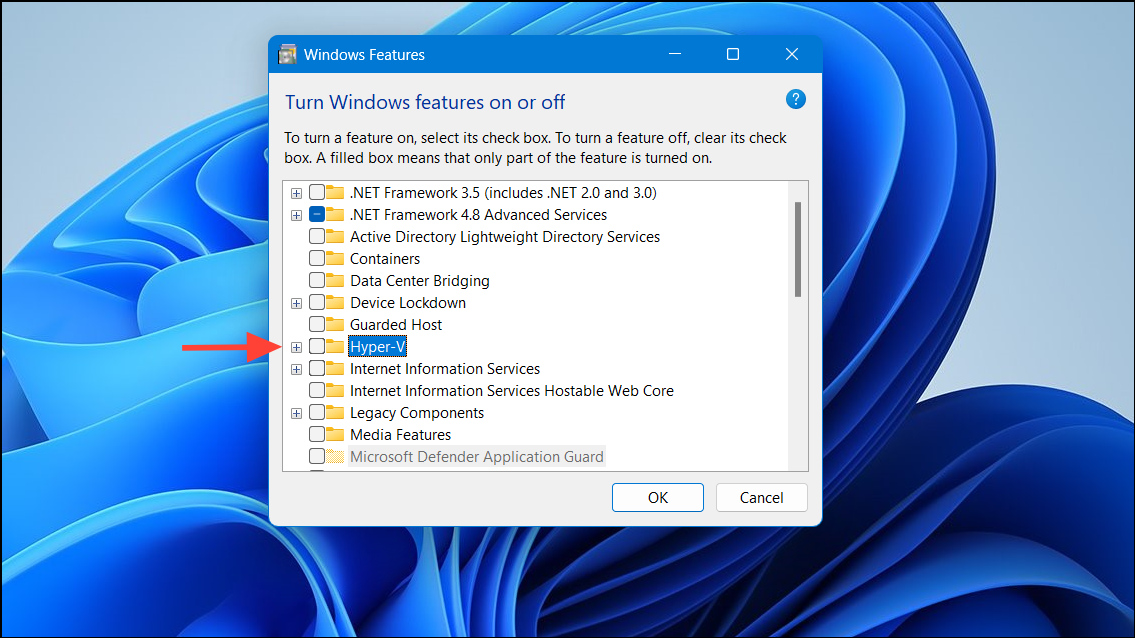
Step 5: Uncheck the box next to Hyper-V to disable it.
Step 6: Also uncheck Virtual Machine Platform and Windows Hypervisor Platform to ensure complete disablement.
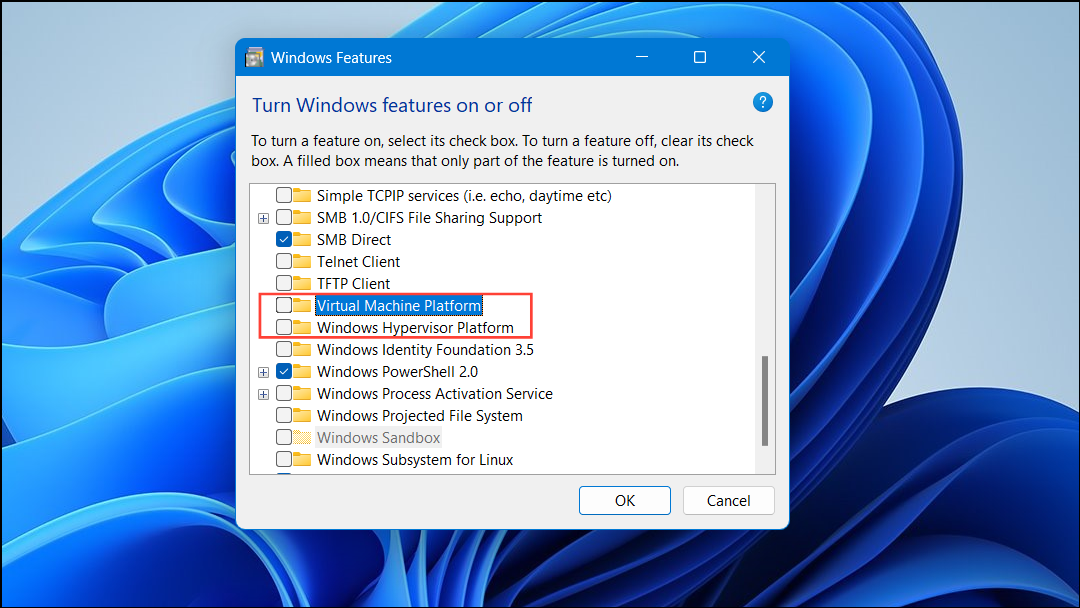
Step 7: Click OK to apply the changes.
Step 8: When prompted, restart your computer to finalize the process.
Method 2: Disable Hyper-V Using Command Prompt
Step 1: Click on the Start button and type cmd.
Step 2: Right-click on Command Prompt and select Run as administrator.
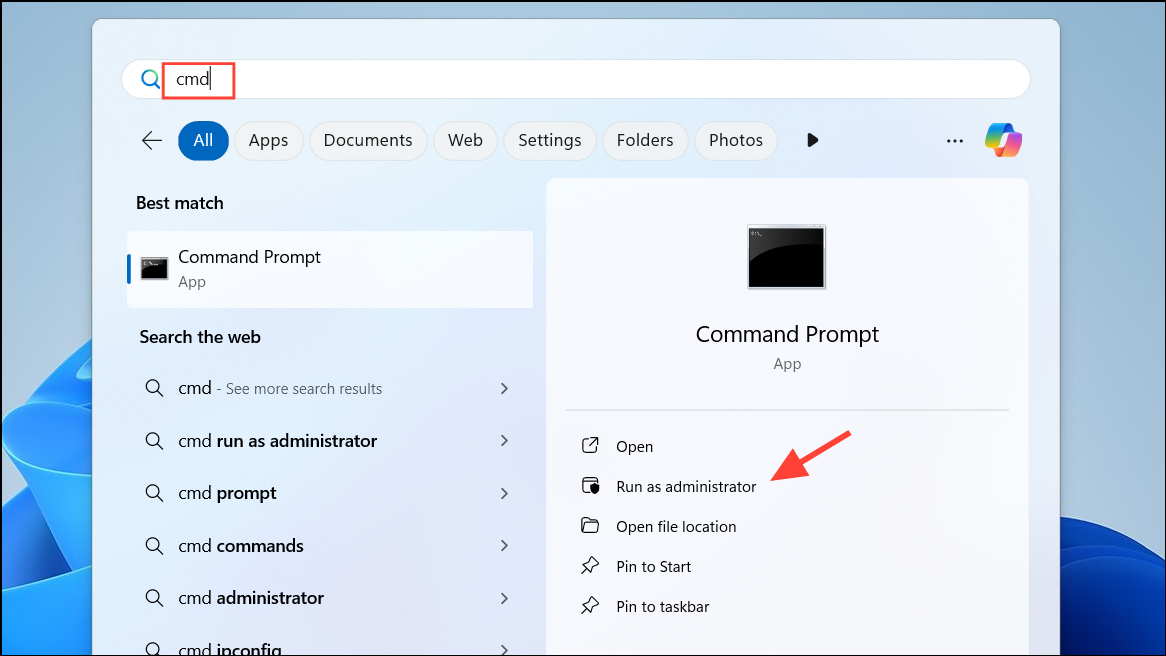
Step 3: In the Command Prompt window, type the following command and press Enter:
DISM /Online /Disable-Feature:Microsoft-Hyper-V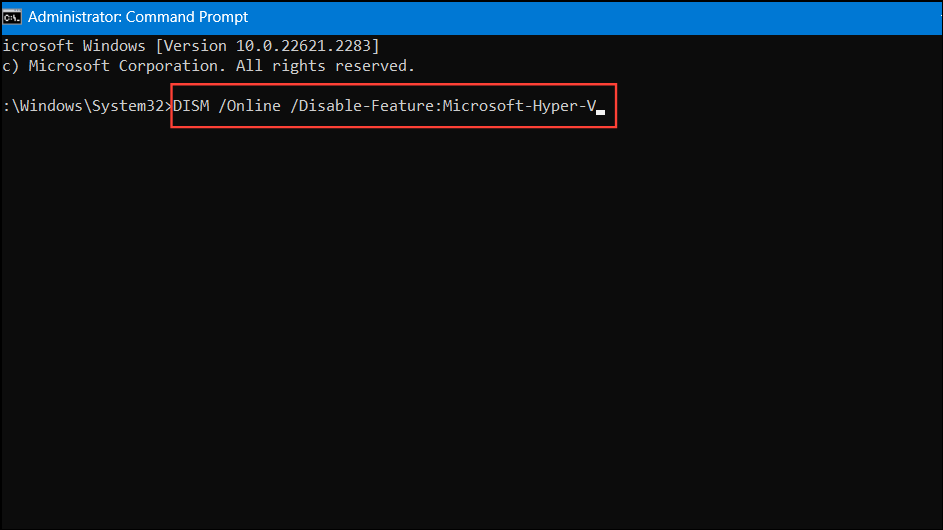
Step 4: Wait for the operation to complete, then restart your computer.
Method 3: Disable Hyper-V Using PowerShell
Step 1: Right-click on the Start button and select Windows PowerShell (Admin).
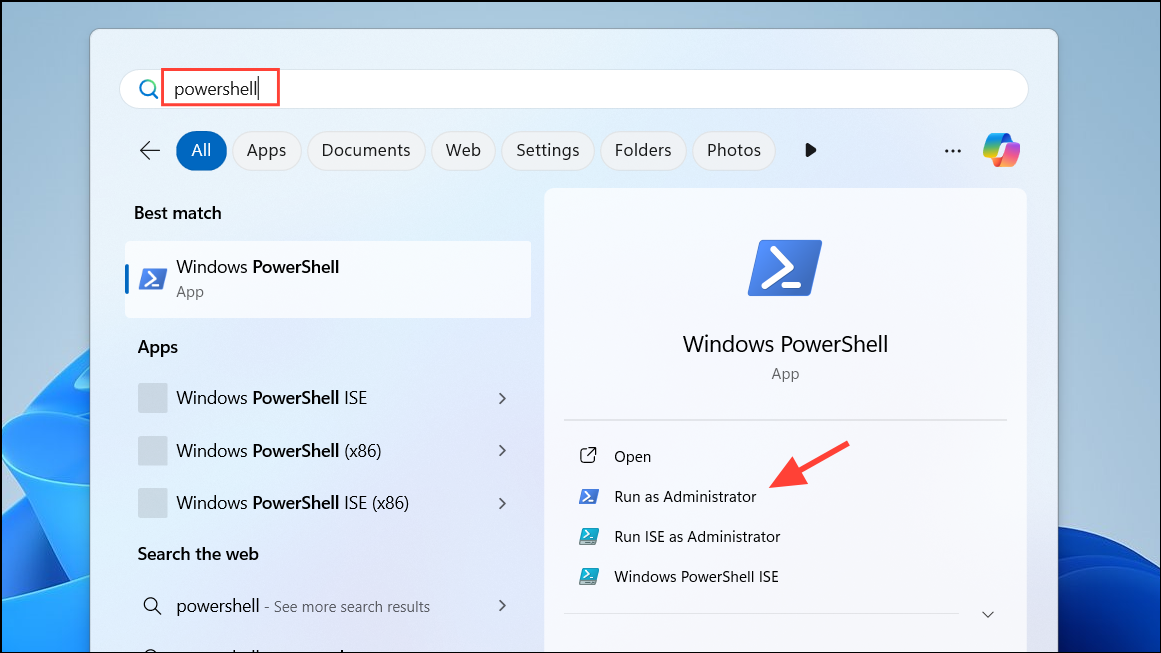
Step 2: In the PowerShell window, execute the following command:
Disable-WindowsOptionalFeature -Online -FeatureName Microsoft-Hyper-V-All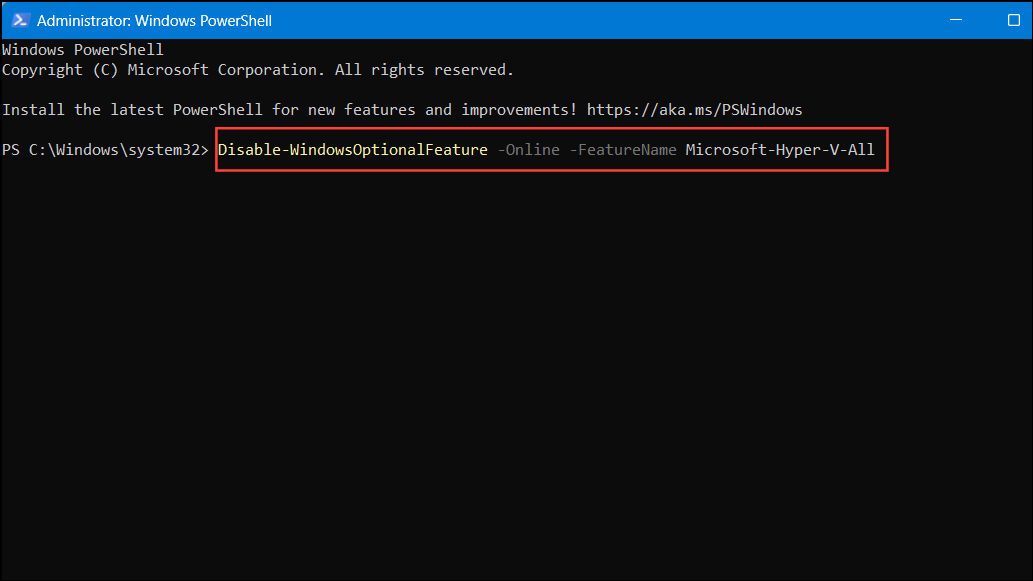
Step 3: When prompted, type Y and press Enter to restart your computer.
Method 4: Disable Hyper-V via Boot Configuration Data (BCD) Edit
Step 1: Open Command Prompt as an administrator.

Step 2: Run the following command to prevent Hyper-V from launching at boot:
bcdedit /set hypervisorlaunchtype off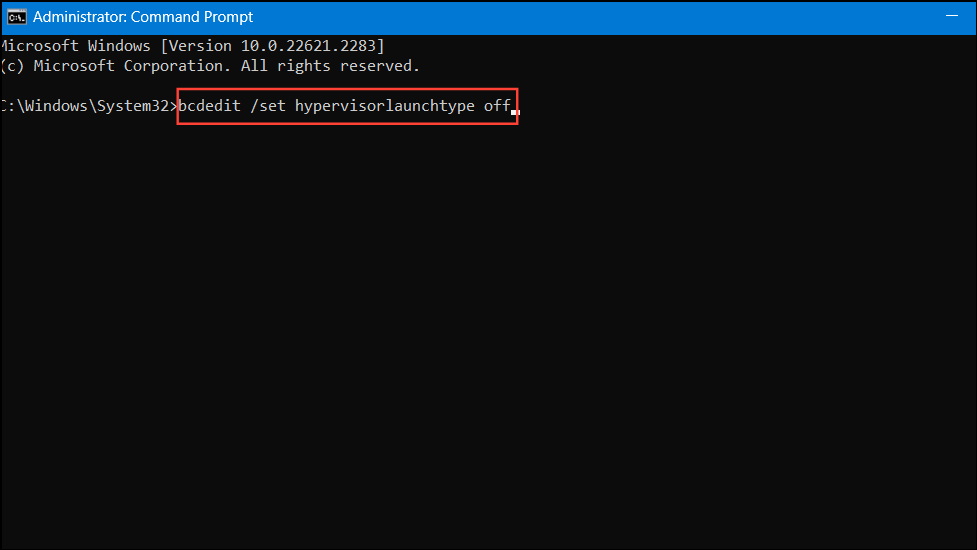
Step 3: Restart your computer to apply the changes.
Note: To re-enable Hyper-V in the future, use the command:
bcdedit /set hypervisorlaunchtype auto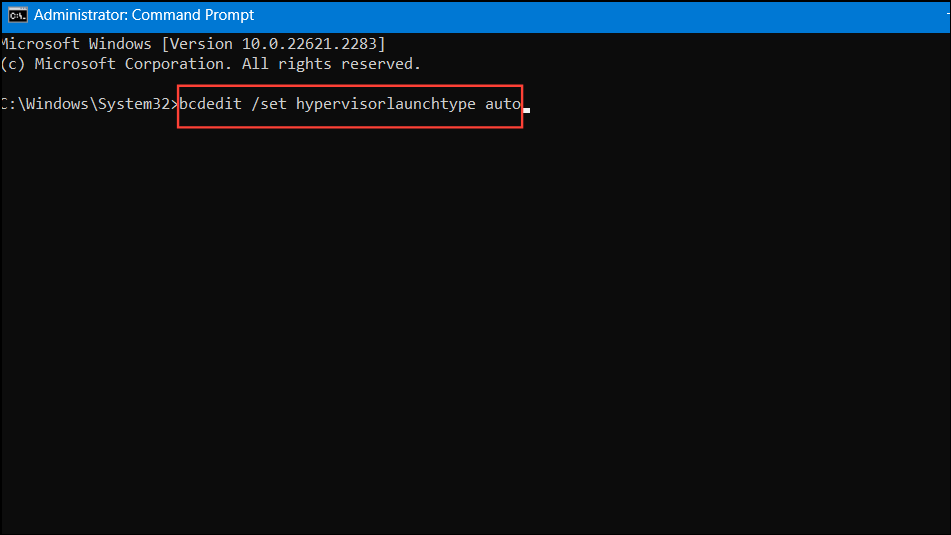
Method 5: Disable Hyper-V Services in System Configuration
Step 1: Press Win + R, type msconfig, and press Enter.
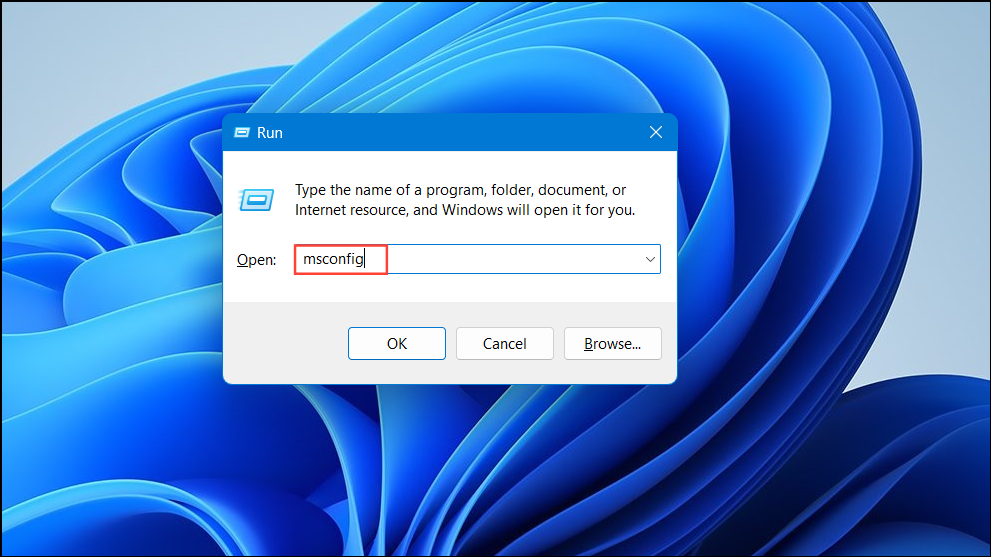
Step 2: In the System Configuration window, navigate to the Services tab.
Step 3: Uncheck the following services:
- Hyper-V Host Compute Service
- Hyper-V Virtual Machine Management
Step 4: Click Apply and then OK.
Step 5: Restart your computer when prompted.
Method 6: Disable Memory Integrity and Virtualization-Based Security
Step 1: Open the Settings app by pressing Win + I.
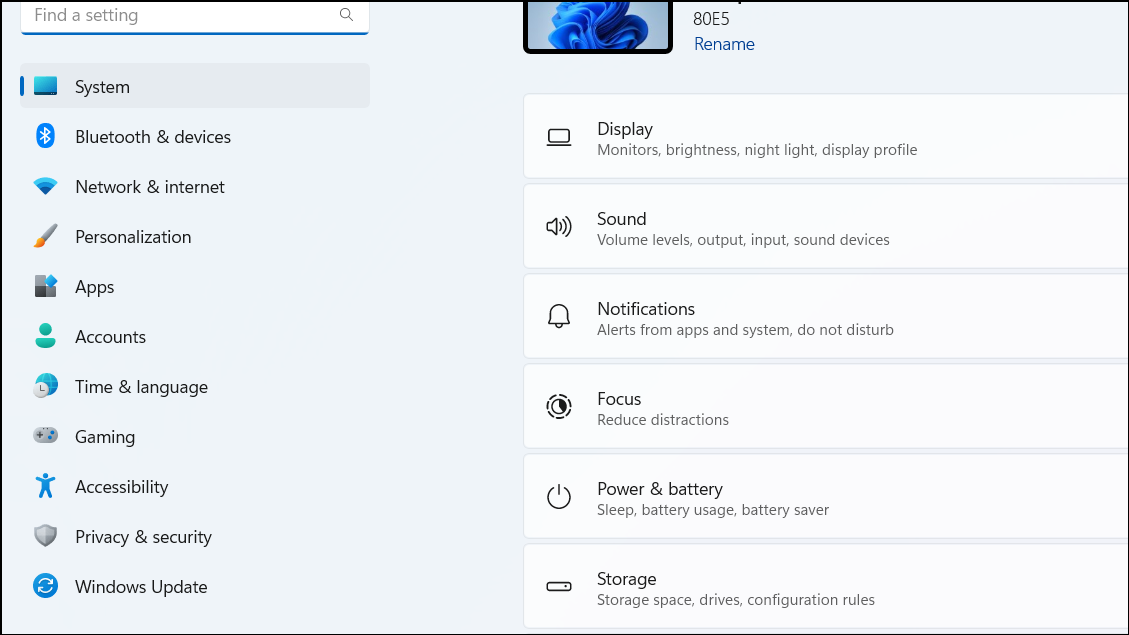
Step 2: Navigate to Privacy & security in the left pane.
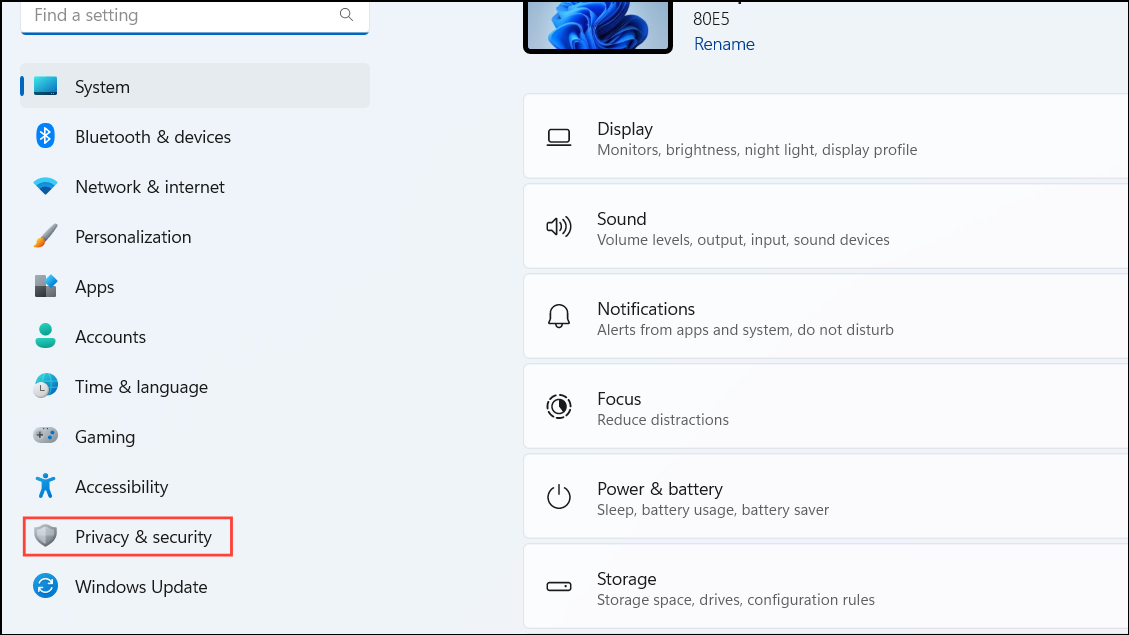
Step 3: Click on Windows Security, then select Device security.
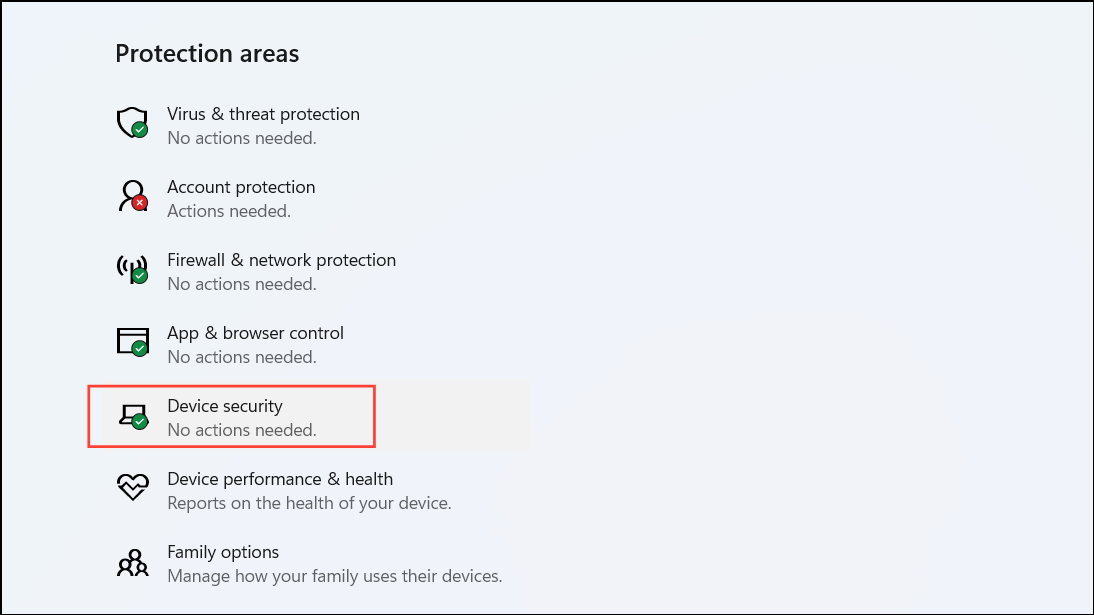
Step 4: Under Core isolation, click on Core isolation details.
Step 5: Toggle Memory integrity to Off.
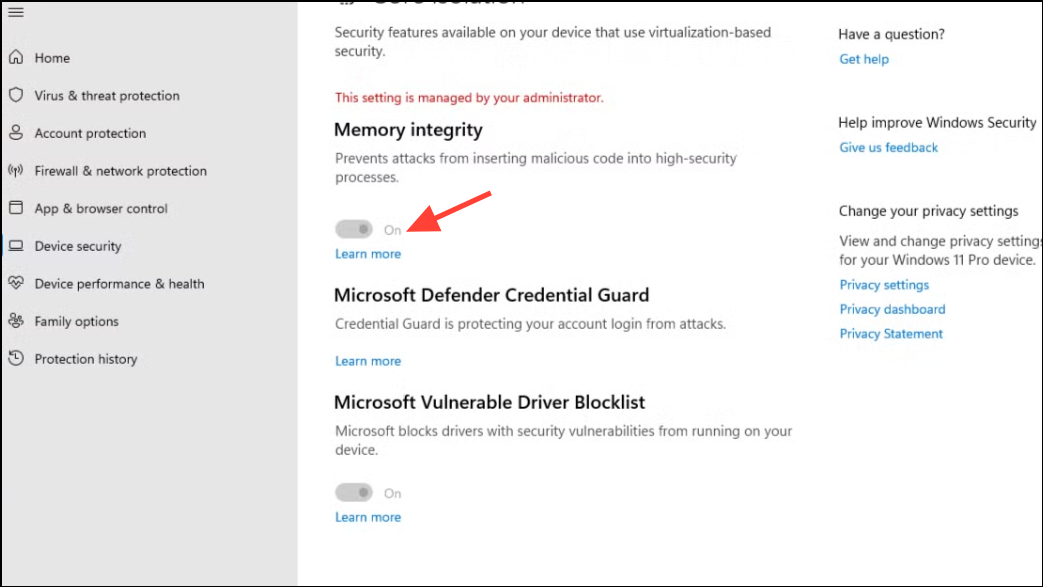
Step 6: Restart your computer to apply the changes.
Method 7: Disable Device Guard and Credential Guard via Registry Editor
Caution: Modifying the registry can cause system instability if done incorrectly. It's recommended to back up the registry before proceeding.
Step 1: Press Win + R, type regedit, and press Enter to open the Registry Editor.
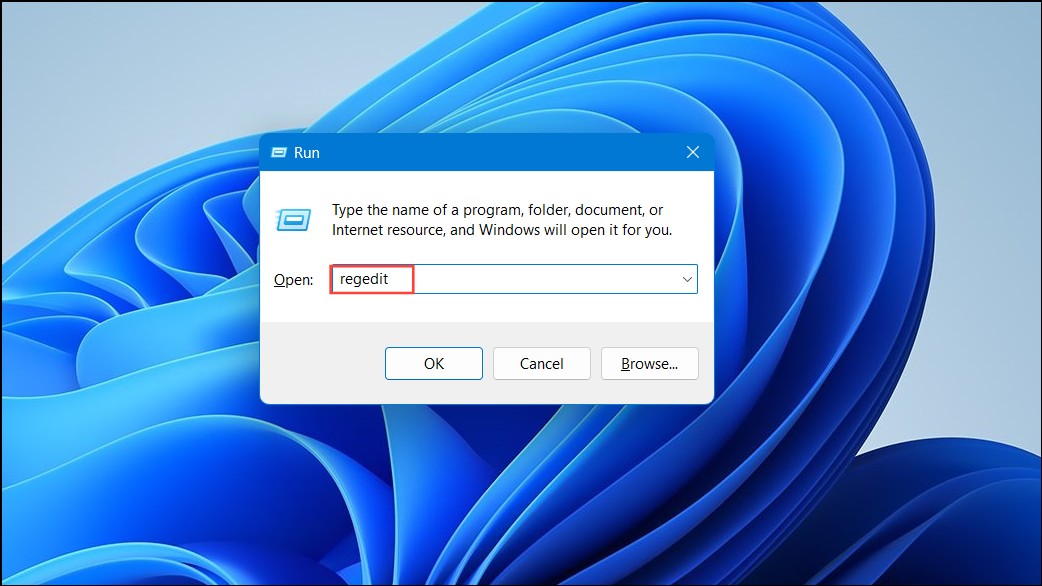
Step 2: Navigate to the following path:
HKEY_LOCAL_MACHINE\SYSTEM\CurrentControlSet\Control\DeviceGuard
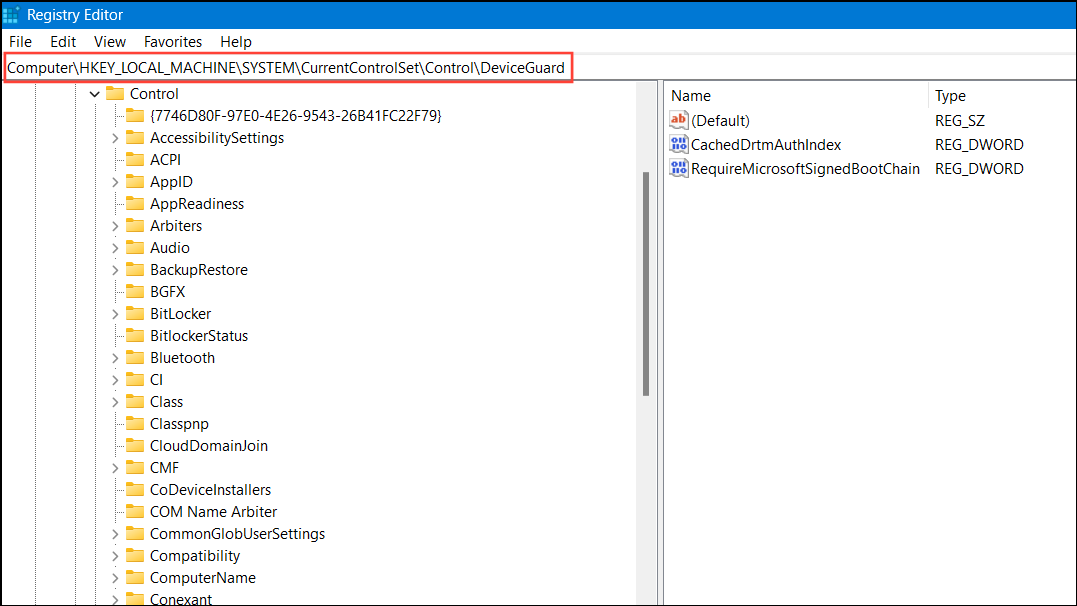
Step 3: In the right pane, double-click on EnableVirtualizationBasedSecurity.
Step 4: Set the value data to 0 and click OK.
Step 5: Navigate to:
HKEY_LOCAL_MACHINE\SYSTEM\CurrentControlSet\Control\Lsa
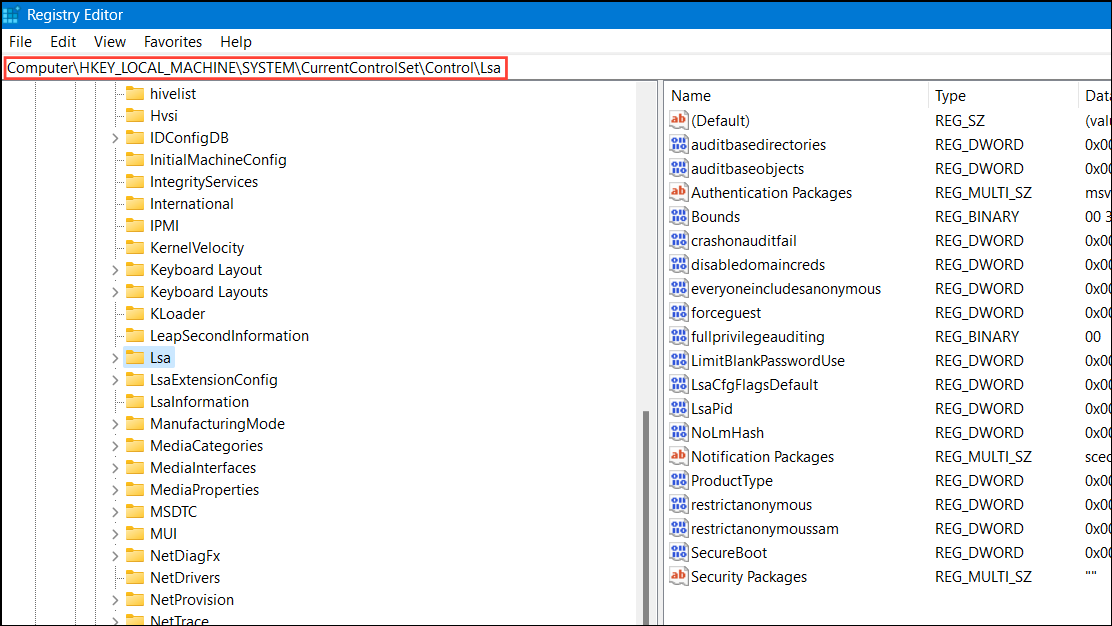
Step 6: Find LsaCfgFlags and set its value data to 0.
Step 7: Close the Registry Editor and restart your computer.
Disabling Hyper-V in Windows 11 can resolve conflicts with other virtualization software, allowing you to use your preferred tools without any issues.


